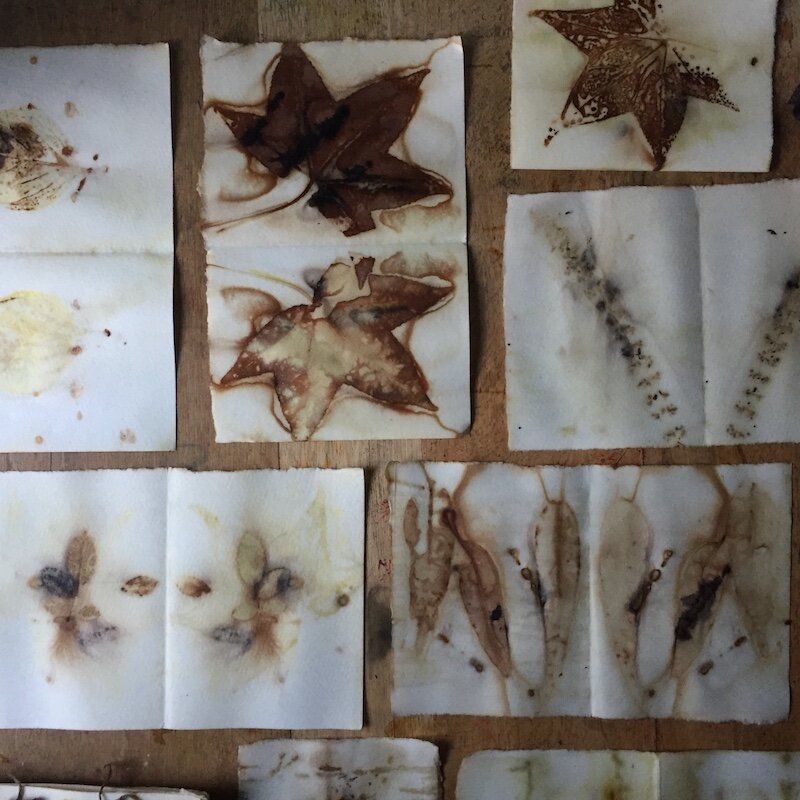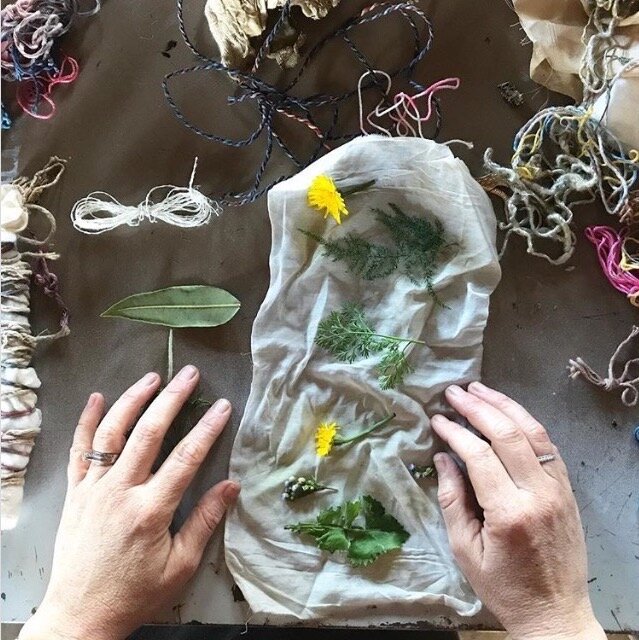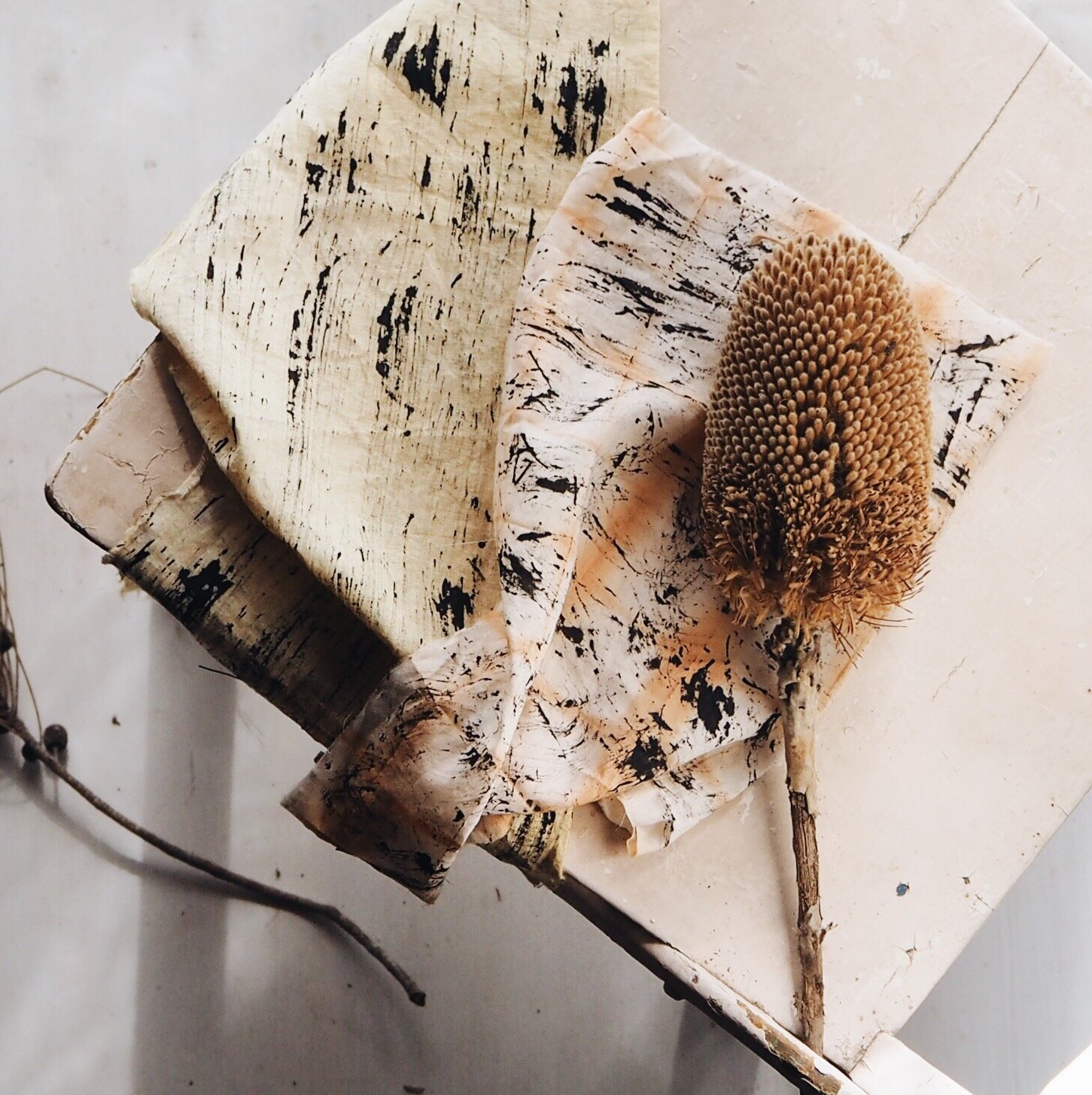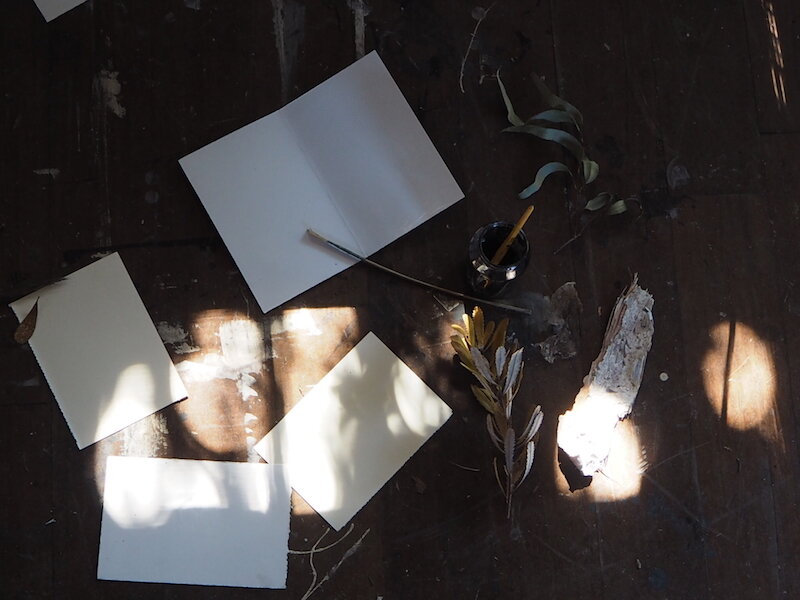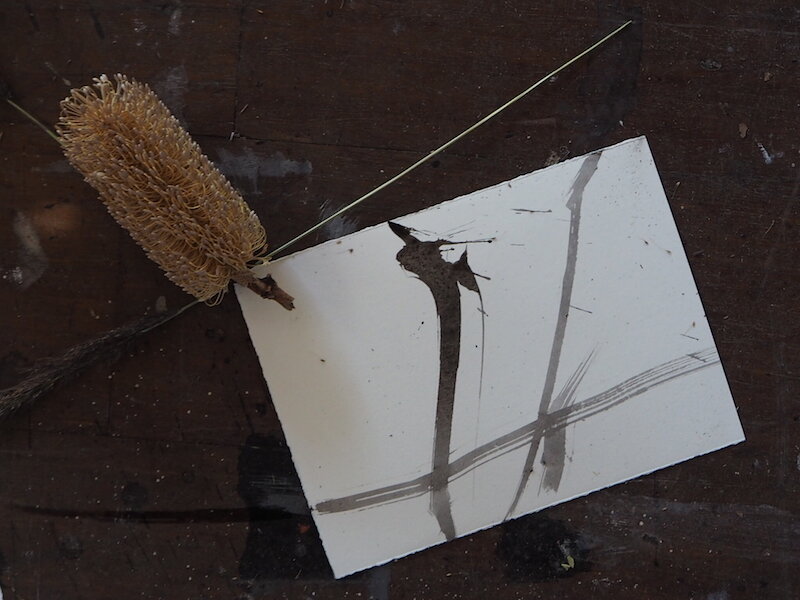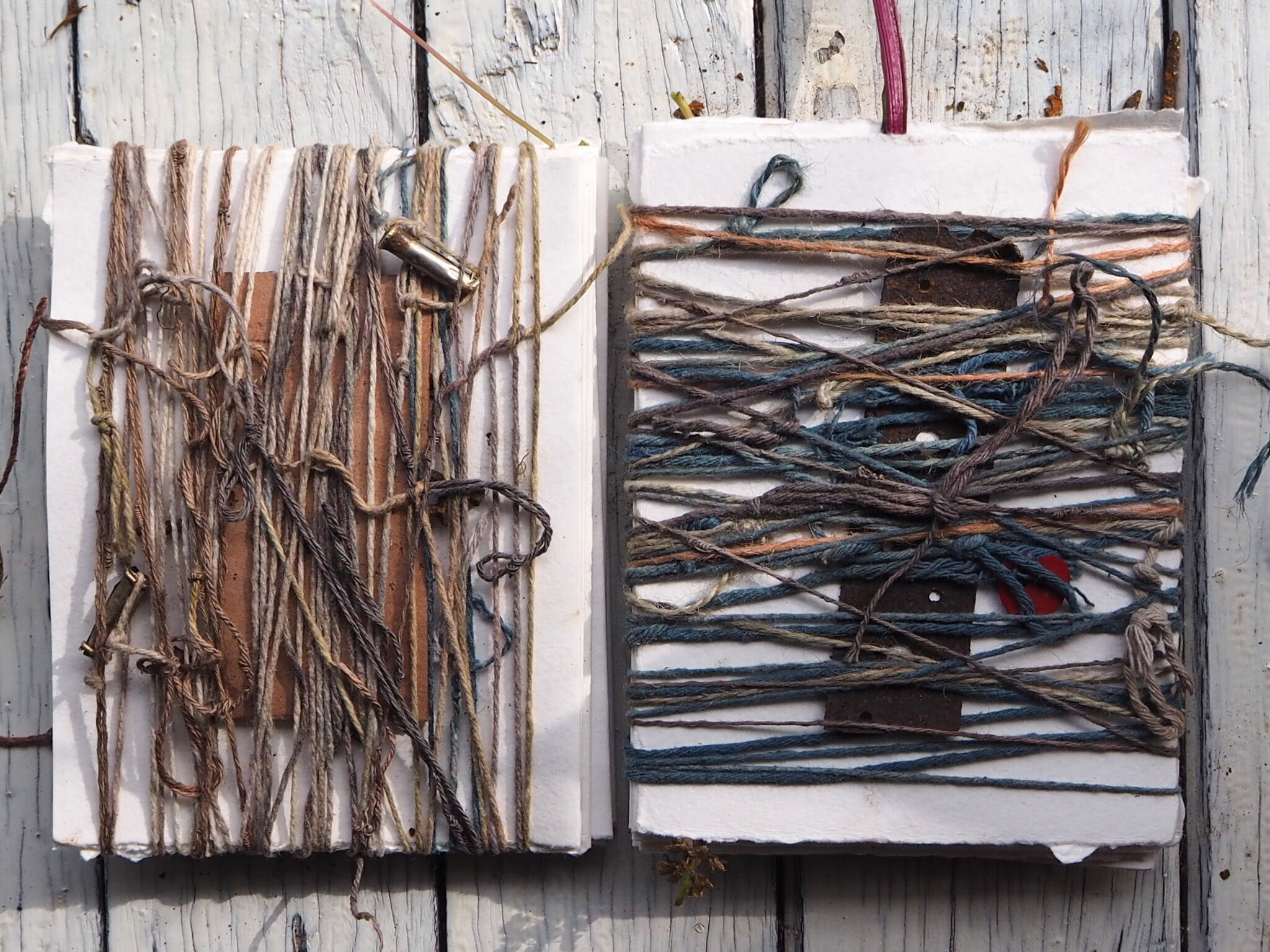the value of making mistakes (in an arts practice)
In my workshops - both in person and online - I talk a lot about making mistakes. About allowing the natural errors of being a beginner to guide us in our practice. And also, very importantly, about not holding ourselves up to a standard of "perfection" but rather actively seeking to notice, see and appreciate the innate beauty in those imperfect lines / marks / stitches.
Allowing my work to evolve through letting go means I discover a deeper layer to my internal voice. Without over-thinking or over-working things, and going with a natural flow I find that the work I create has more meaning, more feeling, more depth and ultimately more "me".
I don't like admitting to being wrong or that I've made a mistake, in regular everyday life (just ask my family!), but in my creative practice I've discovered that making mistakes leads to learning new things about myself, my practice and my work.
Of course not everything in my creative practice is a mistake, but what I have learnt (and always learning) is that by actually allowing the mistakes to happen and evolve that new things can come out of it. I find that my mindset shifts when I view the mistakes as something valuable, rather than something wrong.
Reasons I like making mistakes (in my creative practice):
Allows me to let go of the fear of not being perfect or good enough. Of overthinking my work and notice fault and error with everything I do.
Lets me tap into an internal dialogue of creativity, rather than dictating where the work will go.
The expectations of the external world shuts off.
I appreciate the natural beauty of things, rather than forcing a perception of what beauty might mean.
My work flows more freely when I'm not holding my expectations so tightly.
I create better work when I'm working in a more innate manner, allowing something rather than 'head' to converse.
Some of my processes and techniques naturally have an underlying instinctual mark-making aspect about them. When I can’t control the outcome or the final result it means I can let go of notions of what it should look like, and be happy with myself for the joy of what it does look like. Rather than seeing fault at anything I make, I can actively seek a different perspective – one of unusual beauty, the perfection of imperfections.
Asking my mind to look deeper beyond the ‘pretty’ means I’m delving into ideas and thoughts, rather than simply visual clues. Giving myself permission to not be the best, to not create “a perfect work” means that I’m allowing myself to just create for the joy of it.
And if you’ve ever tried that you’ll know it far outweighs any perfectionism or results driven projects. Pick up your paint brushes, sewing needles, weaving loom, pencils or your hands and use them in a manner that feels natural, joyful, just so rather than forcing them to create a final complete work of art. If you do that with an open-ness to being wrong, to the mistakes that will inevitably form, then you’re much more likely to appreciate the good that comes from it, rather than only seeing the ‘bad’ aspects.
A few simple methods I use for actively making mistakes in my creative work are to:
Use unusual tools – or tools new to you. Or use your tools in a new way. Ie: hold your paint brush from the very end of the handle, with your arm outstretched. This means you’re working in a looser manner, less constriction.
Turn off all the music and external noise so that you can listen quietly to your internal voice. This voice will guide you along a beautiful, rambling, and often wonky path.
Don’t edit yourself. Just write or draw or stitch or paint or whatever. Don’t keep looking and unpicking and backtracking. Just keep moving forward, keep going.
Don’t make patterns, plans or rules. As soon as you start putting rules or drawing rough outlines you’ll find that of course you’re going to ‘colour outside the lines’. Instead just go with where your arms, eyes, mind moves at that moment. Follow the patterns that naturally evolve.
Muck up your page – having a blank page / piece of fabric to start with always makes me feel tentative and blocked. Blank pages are sometimes so scary. Disrupt your blank page! How? – splash paint about, throw it in a natural dye pot, leave it outside for a day / week, give it to a friend to make marks on.
I have two beautiful online courses that show my process of these ideas, and help you delve deeper into your own understanding of making mistakes, exploring the beauty in the quiet 'wrongness' of art, and also guide you in different ways of working. My "Simple Book-Binding & Eco-Printing on Paper" has been much loved by my students, and the "Mark-Making & Printing onto Fabric" shows fabulous new ways of using traditional techniques (stencil and screen printing) and some ideas to stretch your current practice or open you to a new process.

